
Maurice Vlaminck Czerwone drzewa Art, Painting, Fauvism
Village Scene comes from the middle period of Maurice de Vlaminck's artistic life (c. 19078 to c. 1917), after he had abandoned the overtly emotional use of vivid, explosive pigments. His new approach as more cerebral, stressing carefully structured, balanced composition. In this painting, Vlaminck distorted shapes, defied laws of perspective, and used pigments judiciously
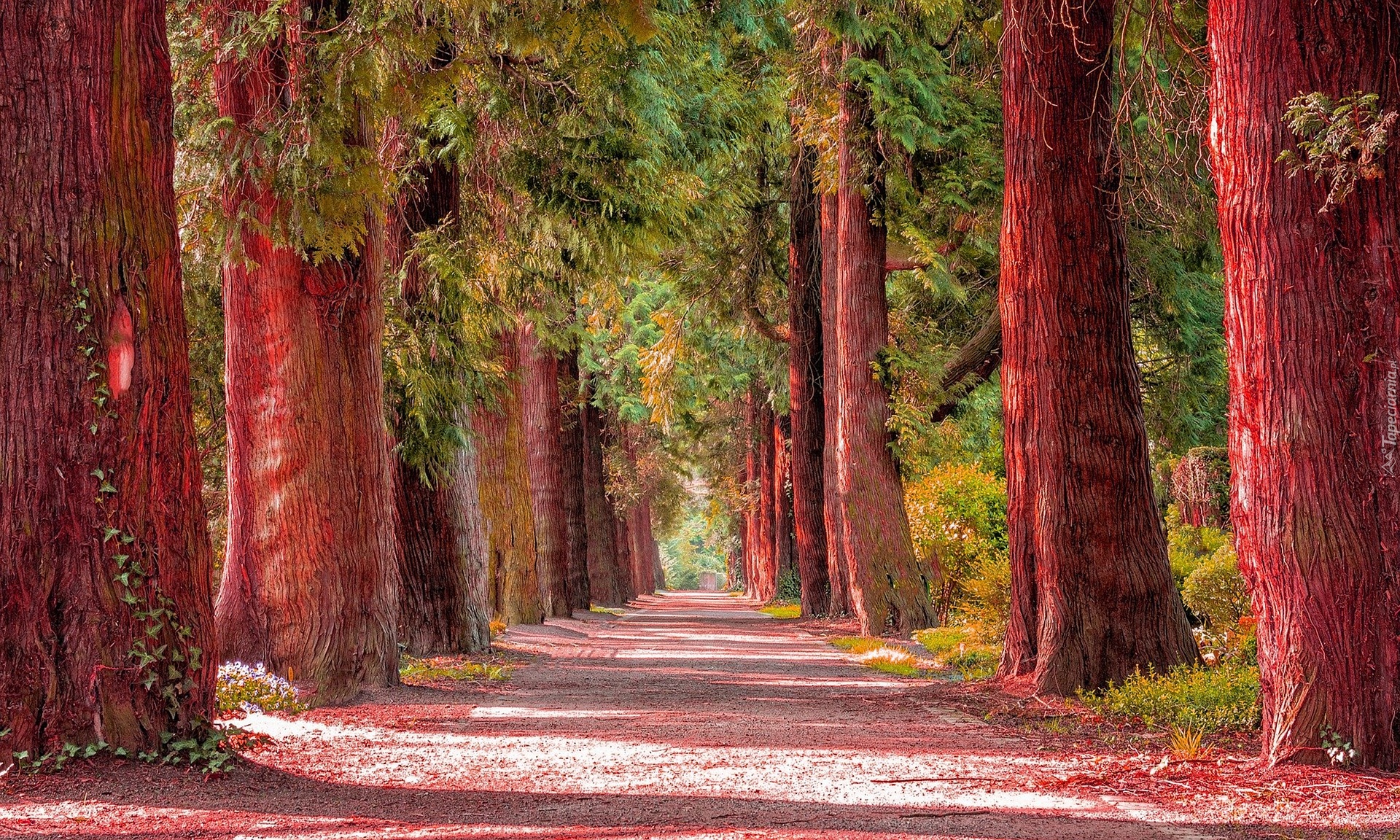
Czerwone drzewa po obu stronach drogi
Maurice de Vlaminck (4 April 1876 - 11 October 1958) was a French painter. Along with André Derain and Henri Matisse, he is considered one of the principal figures in the Fauve movement, a group of modern artists who from 1904 to 1908 were united in their use of intense colour. Vlaminck was one of the Fauves at the controversial Salon d.

Maurice de Vlaminck, The Wheat Field (Champs de Blé), 1906 w 2020
Published Mar. 5, 2021, 7:31 a.m. ET. BENEZETTE, Pa. — In rural Elk County, a mile from the $12 million Elk Country Visitor Center, a small herd of elk munched grass beside a new coffee shop called Elk Life. They were mostly females, known as cows, with a lone young bull nearby that sported two thin antlers called spikes.
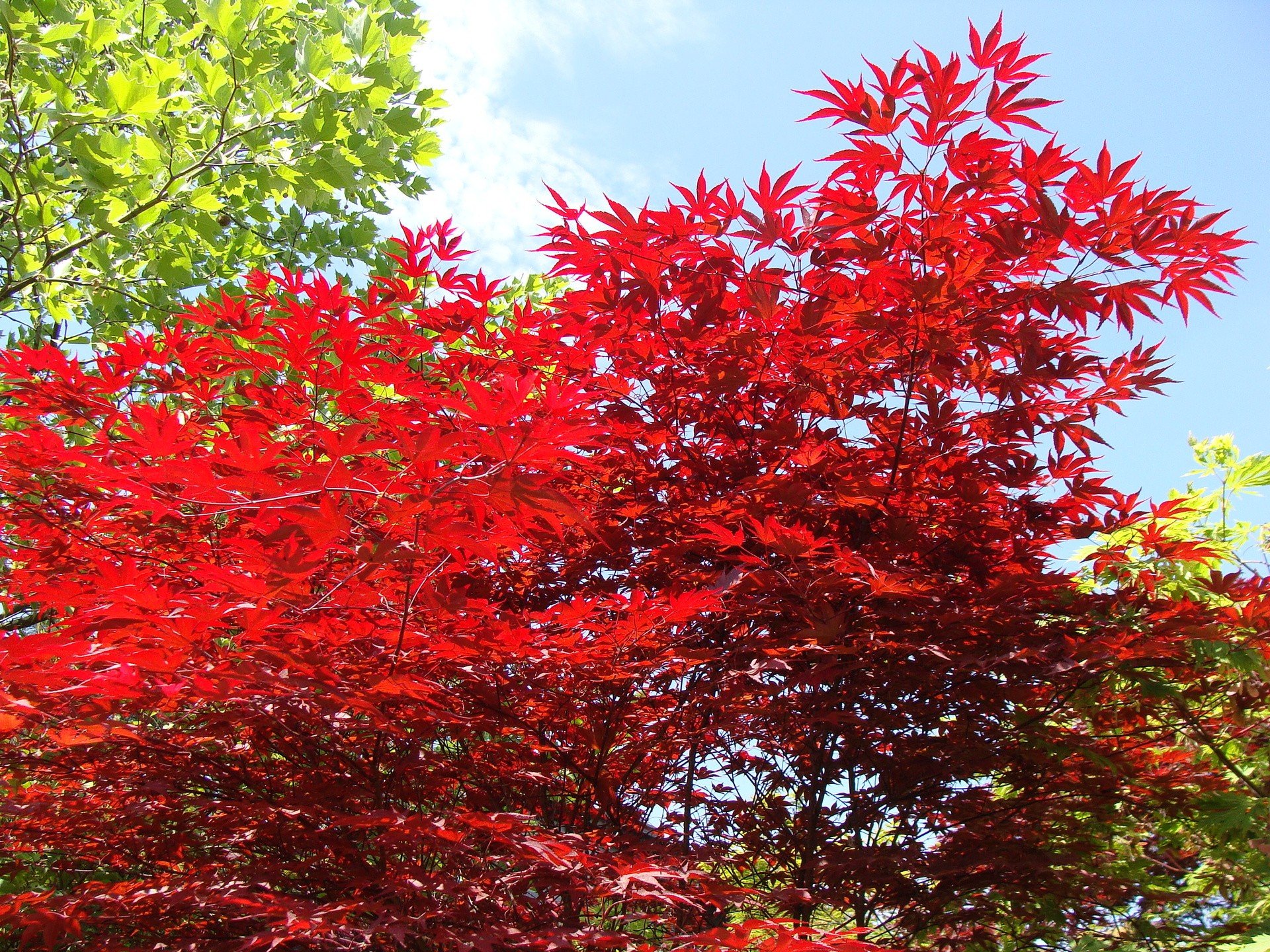
Drzewa i krzewy o czerwonych liściach. Są piękne i kolorowe nie tylko
We would like to show you a description here but the site won't allow us.

Maurice Vlaminck Czerwone drzewa Art, Painting, Art movement
Maurice Vlaminck, „Czerwone drzewa", 1906, Centre Pompidou, Paryż, Francja, wikimedia.org, CC by 3.0 RmFzhtgTNKZcd 1 Ilustracja przedstawia obraz Maurice'a Vlamincka „Sekwana pod Chatou" o kształcie poziomego prostokąta zbliżonego do kwadratu.

Suche, Czerwone, Drzewo
Maurice de Vlaminck (ur. 4 kwietnia 1876, zm. 11 października 1958) - francuski malarz i grafik, tworzący m.in. w duchu fowizmu i kubizmu. Jeden z czołowych przedstawicieli fowizmu, malował pejzaże, martwe natury, kwiaty. Stosował jaskrawe, intensywne kolory, dynamiczne kompozycje o uproszczonej formie.
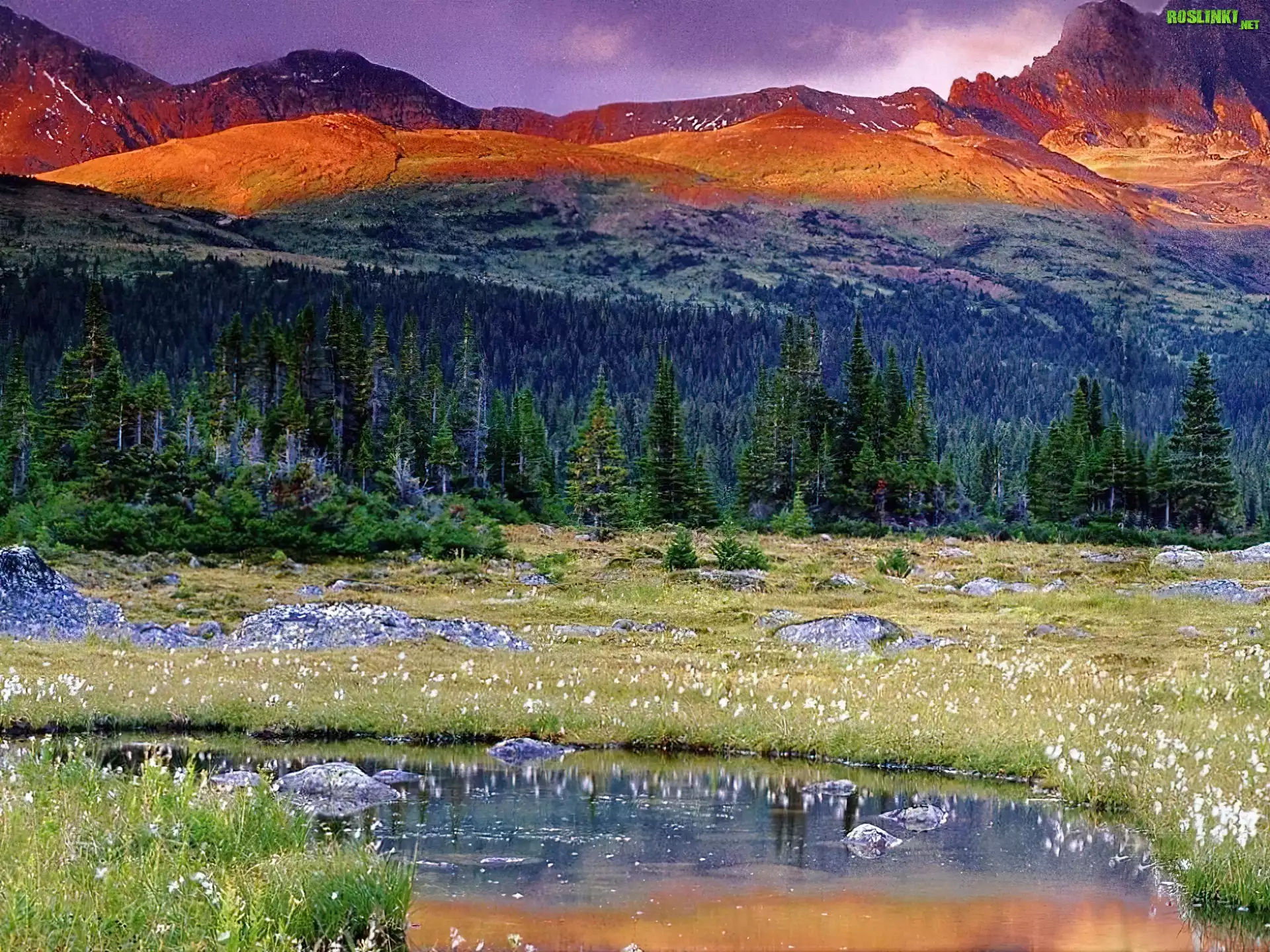
Góry czerwone, Drzewa
Maurice de Vlaminck, (born April 4, 1876, Paris, France—died October 11, 1958, Rueil-la-Gadelière), French painter who was one of the creators of the painting style known as Fauvism.. Vlaminck was noted for his brash temperament and broad interests; he was at various times a musician, actor, racing cyclist, and novelist. He was also a self-taught artist who proudly shunned academic training.
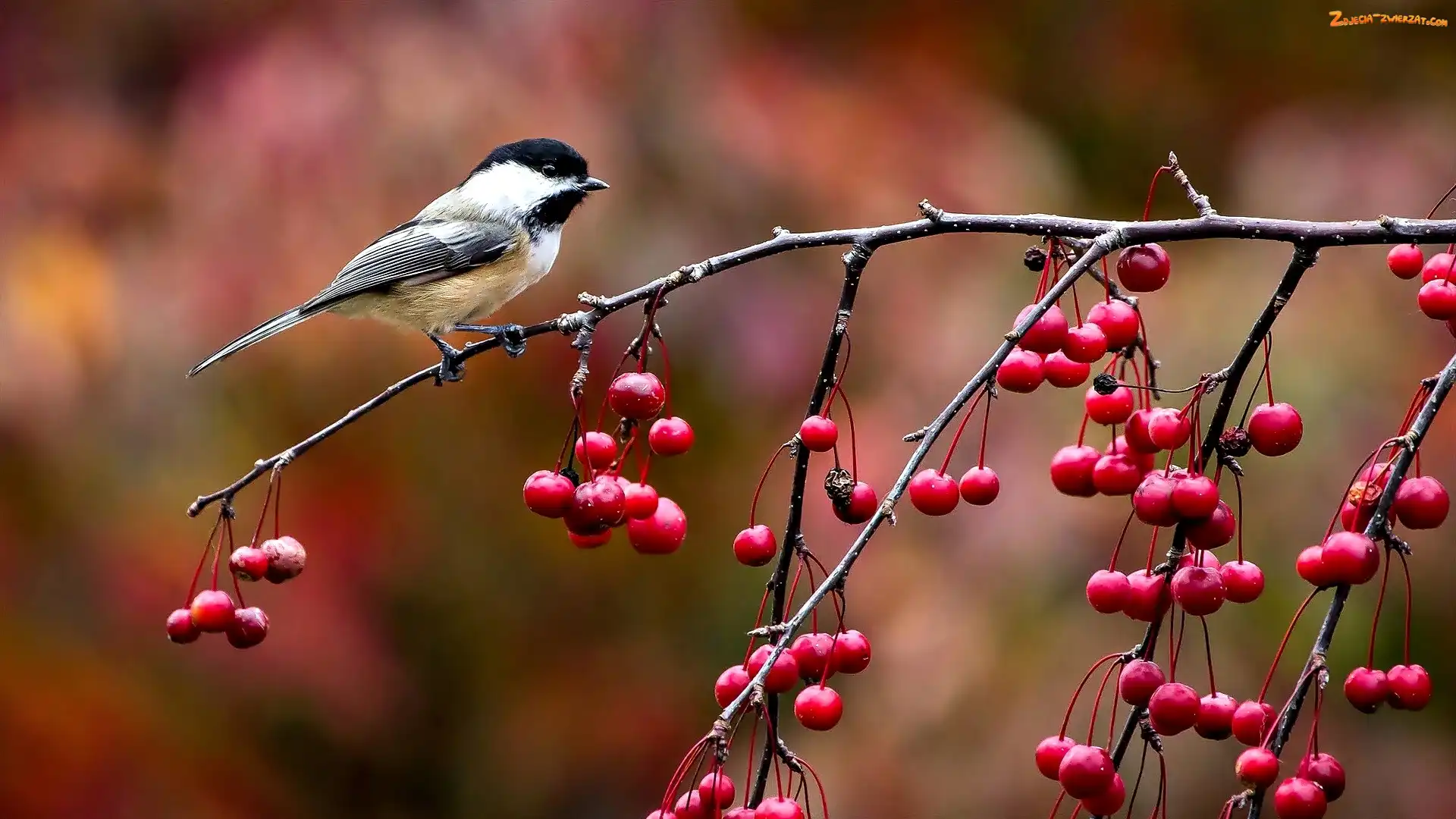
Zdjęcie Owoce, Czerwone, Gałązki, Sikorka, Drzewa
The famous Parisian gallery owner Ambroise Vollard by the time of the creation of the landscape "Red trees" already visited the Studio Vlaminck and bought many of his paintings. The artist is excited, full of ideas and vitality. Summer 1906 is often called the most productive and successful period of his work. He is working in and around Chatou.
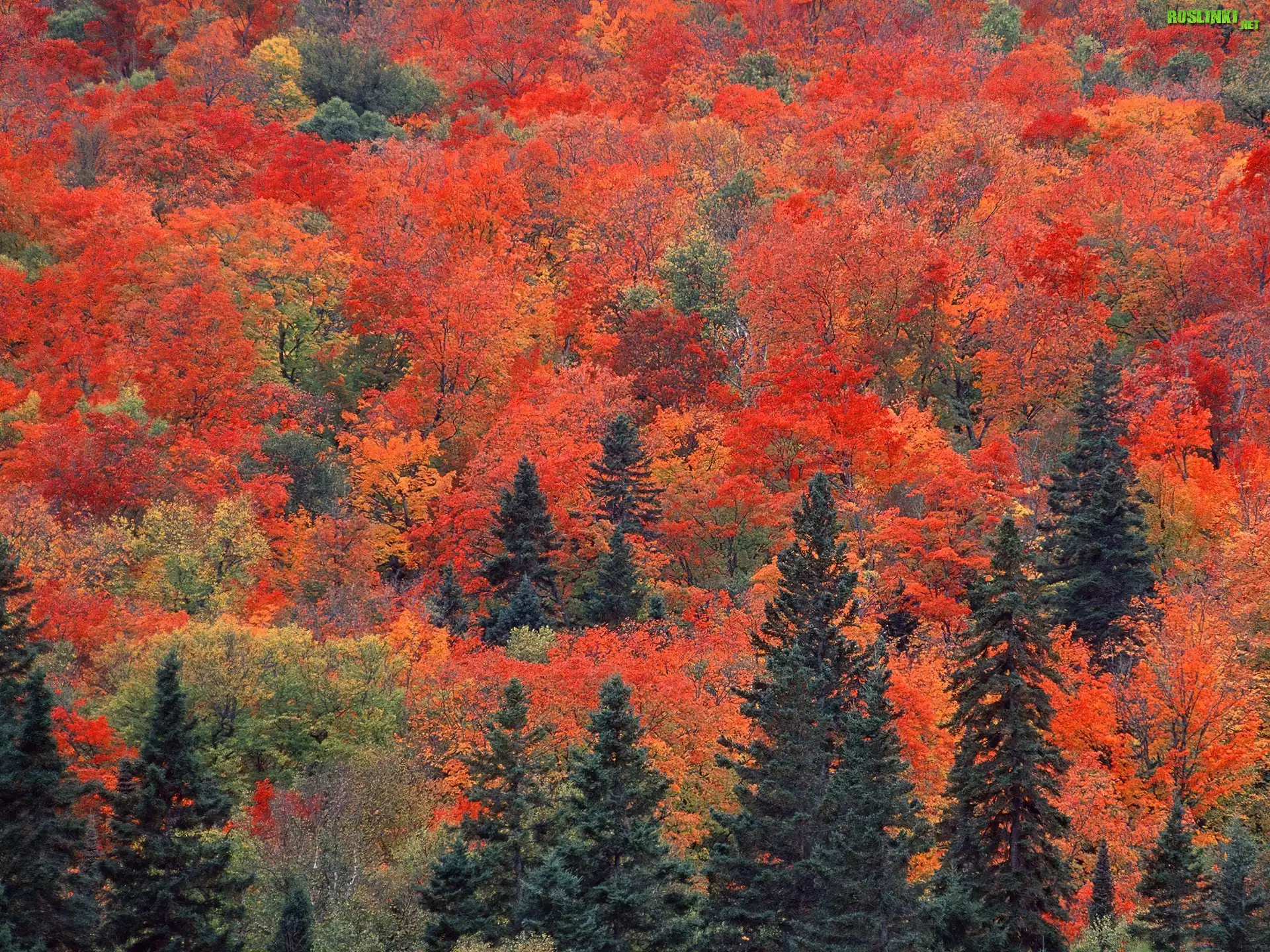
Las, Czerwone, Drzewa
Maurice de Vlaminck (4 April 1876 - 11 October 1958) was a French painter. Along with André Derain and Henri Matisse he is considered one of the principal figures in the Fauve movement, a group of modern artists who from 1904 to 1908 were united in their use of intense colour. Vlaminck was one of the Fauves at the controversial Salon d'Automne exhibition of 1905.
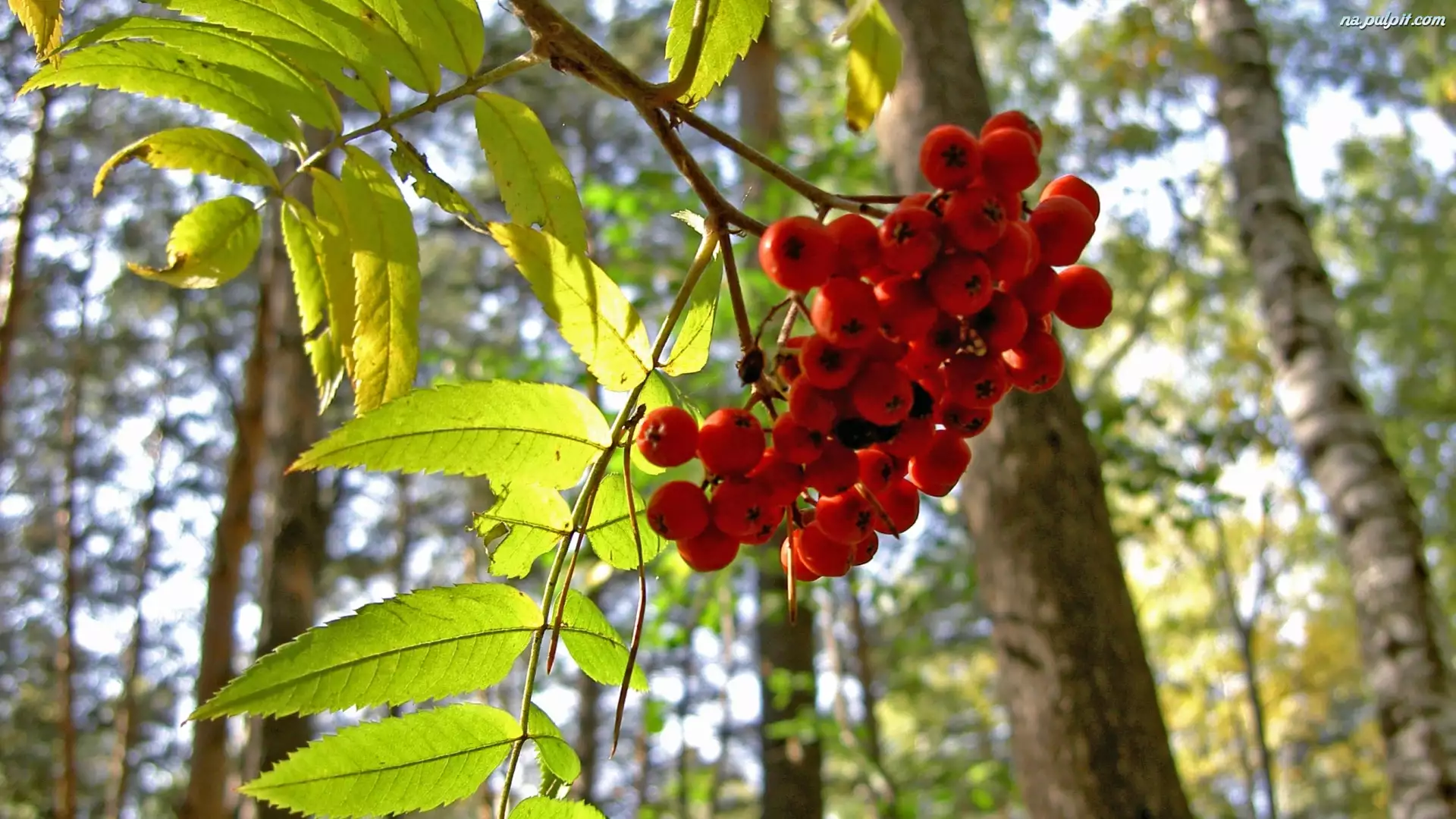
Czerwone, Drzewa, Owoce, Jarzębiny
Maurice De Vlaminck. París, 1876-Rueil-la-Gadelière, 1958. Maurice de Vlaminck was born in Paris, the son of musicians, but grew up in Le Vésinet, where the family moved in 1879. When he was sixteen he bought his first racing-bike and decided to become a professional cyclist. For two years he was able to support himself and his family-he.
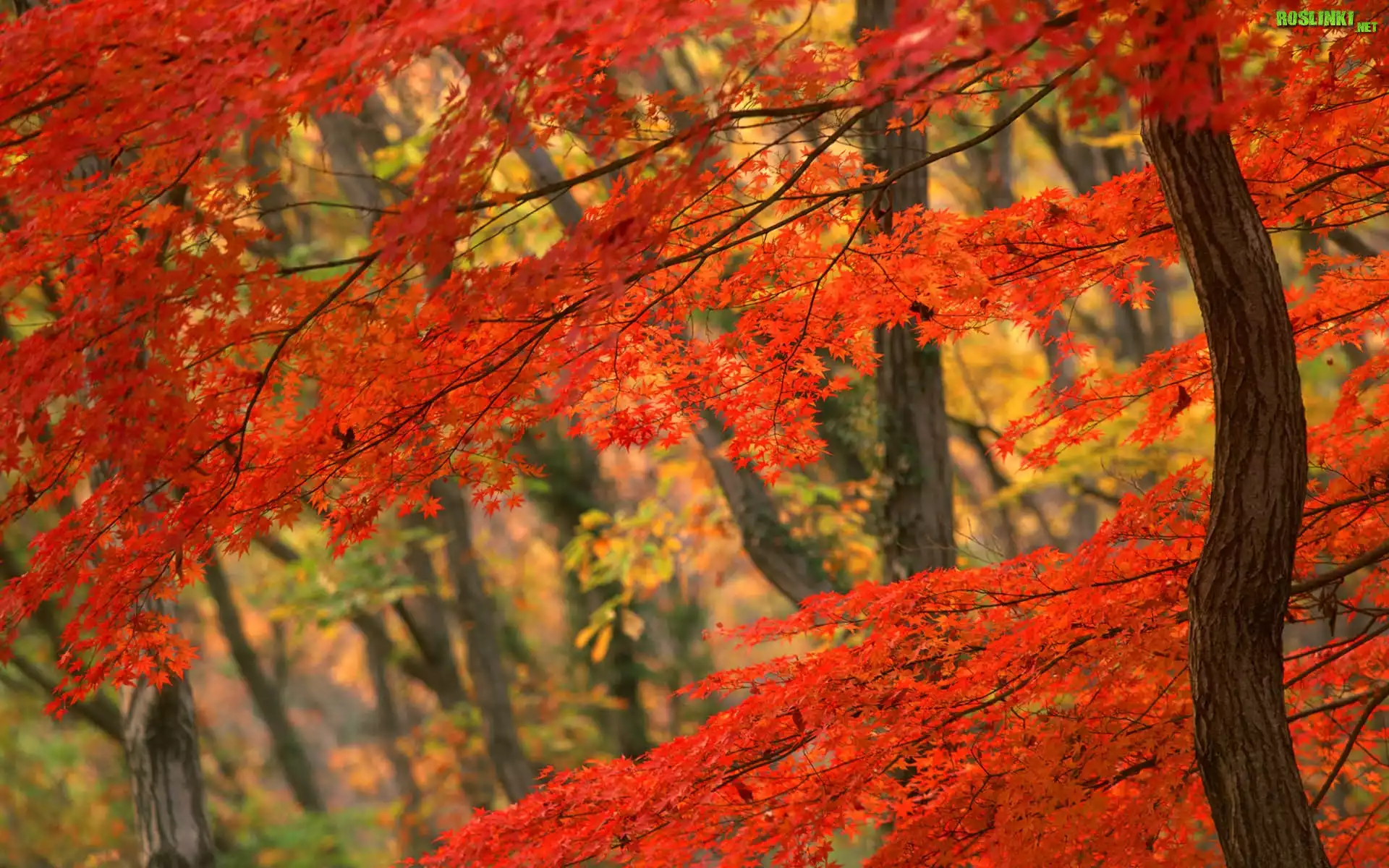
Jesień, Las, Czerwone, Drzewa
Communications, 1921. Maurice de Vlaminck. St. Adrien, 1914. Maurice de Vlaminck. The Devil in the Flesh (Le Diable au Corps), 1926. Maurice de Vlaminck. Dangerous Corner (Tournant Dangereux), 1930. Maurice de Vlaminck. Three Days of the Tribe (Trois Journées de la Tribu), 1921.

FOWIZM Les Fauves dzikie zwierzeta, drapiezniki Pokazywarka.pl
(1876-1958)French painter, who exhibited with the fauves.Vlaminck's parents were both musicians and he himself was a racing cyclist as a young man. In 1900 he met Derain and began to paint seriously, earning his living by playing the violin. At this time he also contributed to anarchist magazines. His early work was influenced by the Van Gogh exhibition of 1901 with its violent use of pure.
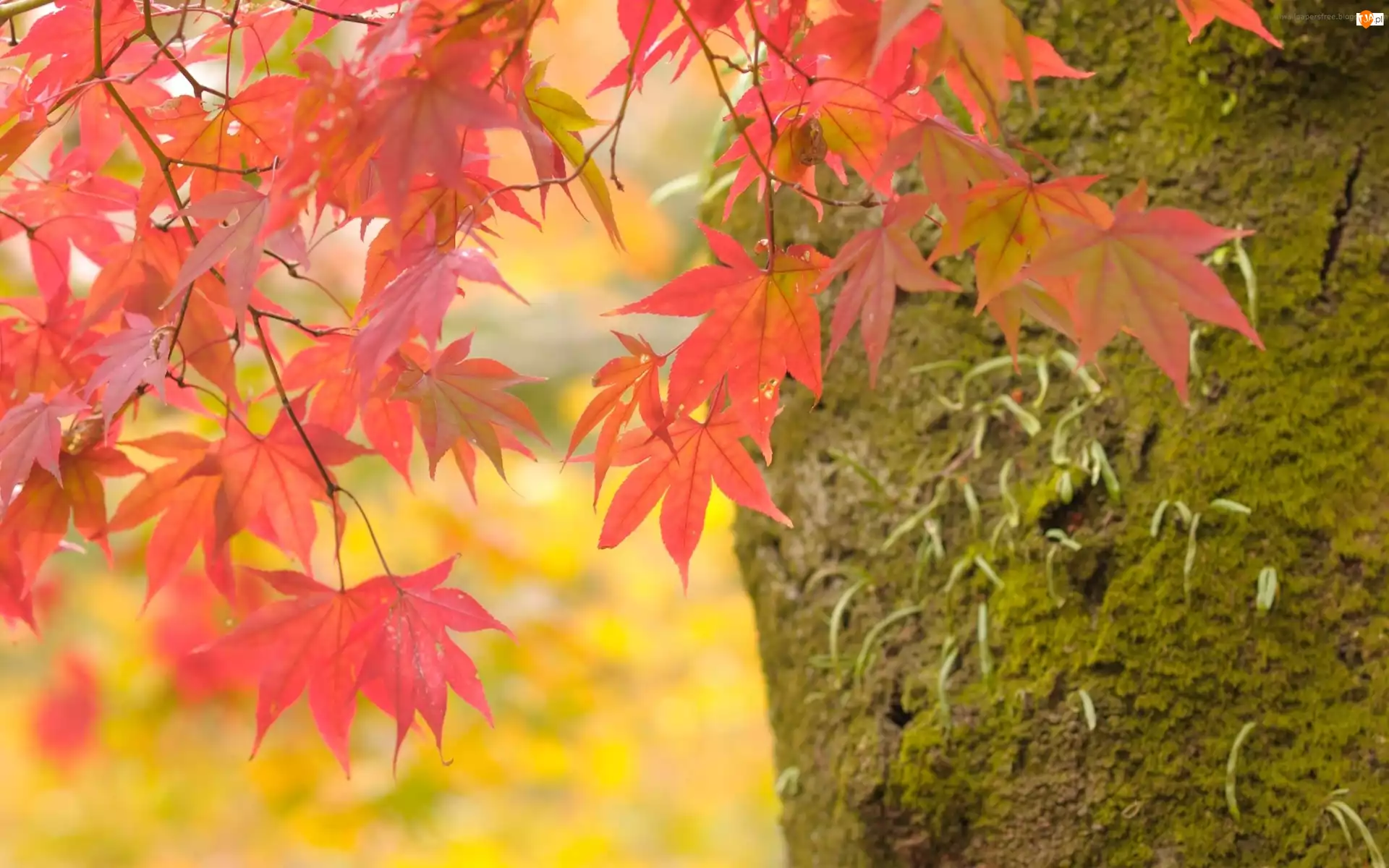
Czerwone, Drzewa, Listki, Pień
Maurice de Vlaminck (4 April 1876 - 11 October 1958) was a French painter. Along with André Derain and Henri Matisse, he is considered one of the principal figures in the Fauve movement, a group of modern artists who from 1904 to 1908 were united in their use of intense colour. [1]

FOWIZM Les Fauves dzikie zwierzeta, drapiezniki Pokazywarka.pl
A perfect example of how Vlaminck used colour in painting. Biography. An important figure in early 20th century French painting, the artist Maurice de Vlaminck was one of the founding members of the Fauvism movement, along with Henri Matisse (1869-1954) and Andre Derain (1880-1954). Born in Paris, Vlaminck was largely self-taught, indeed he.
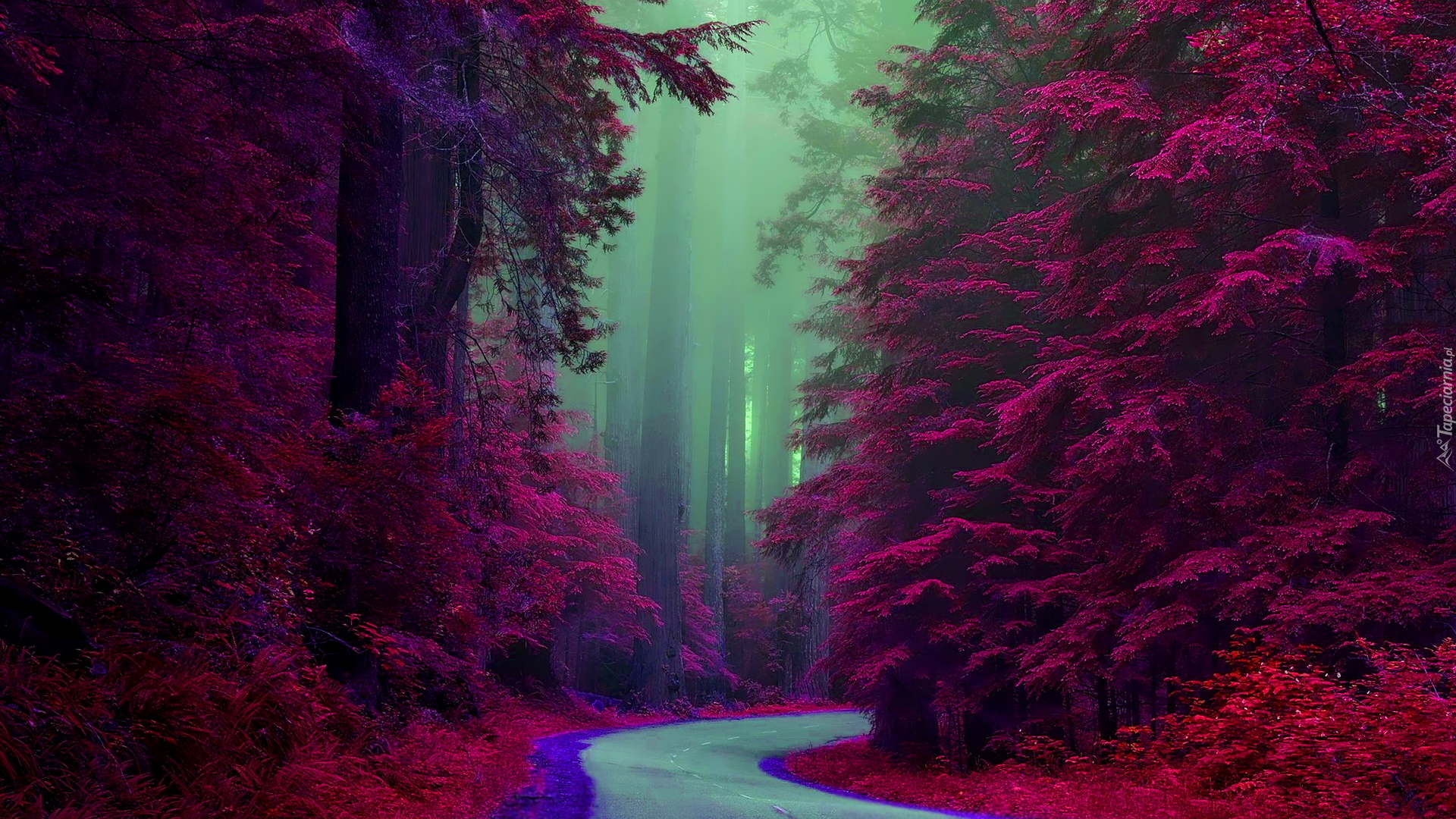
Czerwone drzewa i krzewy przy drodze
Maurice de Vlaminck was at the center of an avantgarde movement known as Fauvism. Fauve, meaning "wild beast," characterized a group of painters closely linked to Henri Matisse, and who flourished in France in the early years of the twentieth century. Fauve painters rejected the Impressionist technique and modulated color in favor of bold.
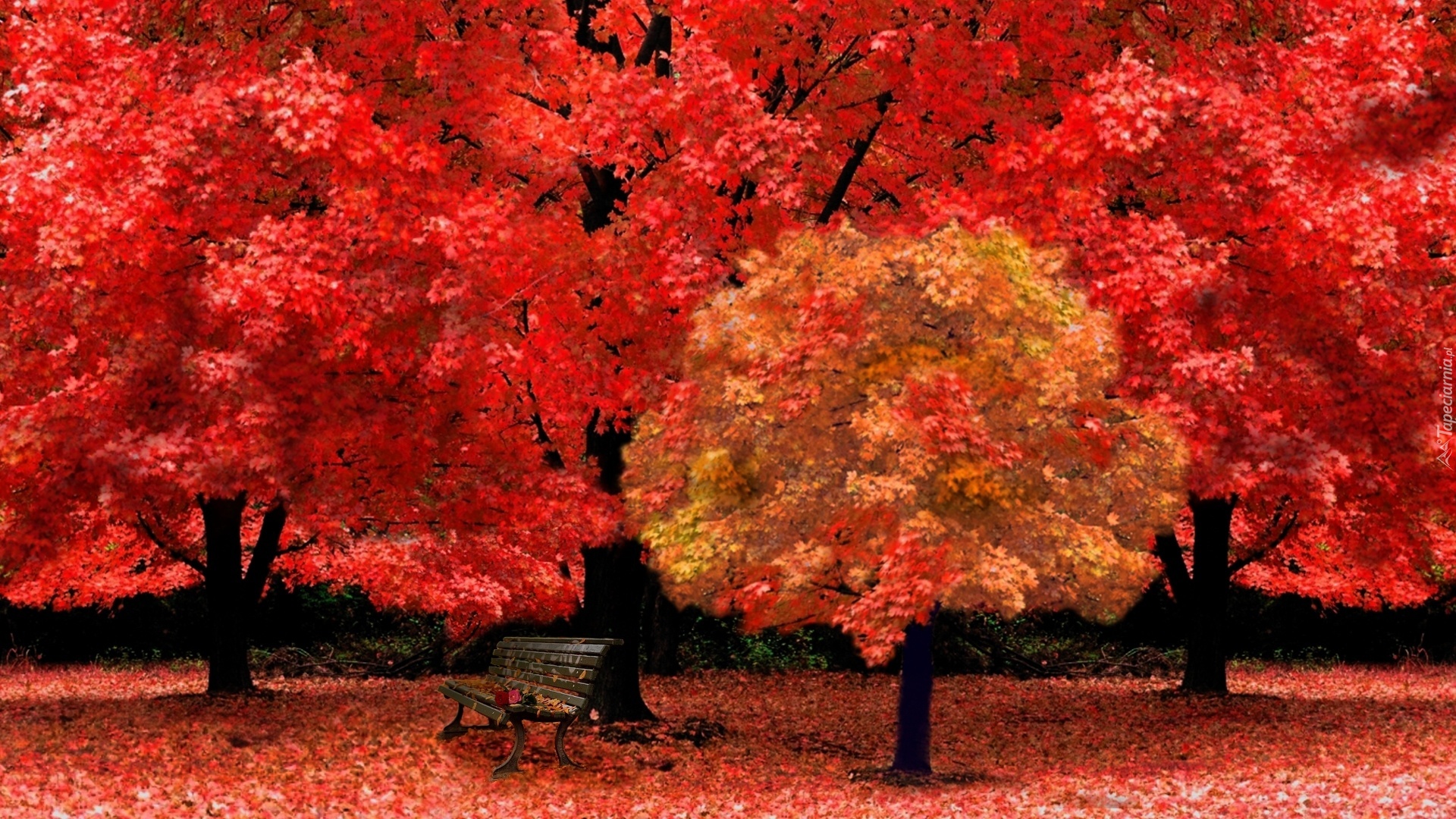
Jesień, Czerwone, Drzewa, Ławeczka
In a telling parallel, Vlaminck, when looking at nature, ignored landscape details, merely seeking an excuse to express his mood through violent color and brushwork. The Fauvist revolution was.